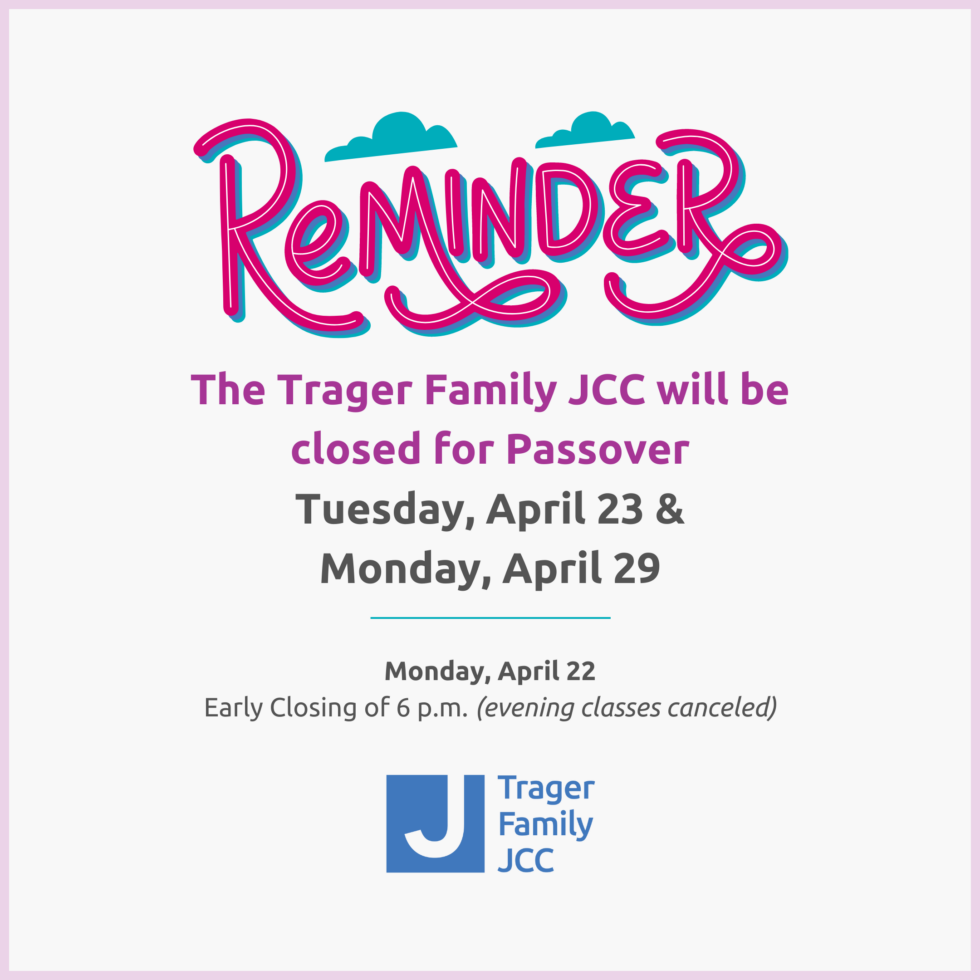Cantors assembly mission
122311
[by Cantor David Lipp]
Congregation Adath Jeshurun
Close your eyes for a moment.
Imagine yourself sitting in a synagogue on Rosh HaShanah or Yom Kippur.
What do you hear? What is the most haunting melody that floods in?
Is it the chromatic longing of Kol Nidre? The majestic descent of the Aleinu? The melodic, metric flow of the evening service as the New Year begins?
Are you humming along? Singing out loud? Or merely basking in the glory of your own imaginary sensurround sound?
If any of the above melodies were the first to come up, there’s a reason. They are among the most ancient melodies that we hear from one year to the next in any synagogue whose liturgical background derives from the middle to eastern European tradition.
We call them MiSinai, meaning, “From Sinai,” not because they are actually from Sinai (although it would be hard to prove as a matter of fact that they don’t go back that far), but because they come from before the rabbis would allow the melodies of the siddur to be musically notated and are shared among most Northern European descended communities.
After the destruction of the Second Temple in 70 C.E., a considerable number of Jews were exiled to the Roman peninsula (now Italy) and over the next millennium a significant number migrated north towards what would later become France and Germany. In an alchemical oral process of musical development about which we can only surmise, these melodies, which hold the stamp of tradition so effectively in most of our shuls, were either born or consolidated from even earlier transmissions.
But perhaps when you closed your eyes, you didn’t hear the sounds of Sinai at all. Perhaps what you heard was a famous choral rendition of Mah Tovu, an energetic Halleluyah (Psalm 150) from the central Malchuyot (Kingship) section of the Rosh HaShanah Musaf service or Zacharti Lach from the special Zichronot (Remembering) section of that same rubric.
If so, you were likely listening to just a small portion of the prolific and lyrical output of Louis Lewandowski, who was born in a province of Poland that had become Prussia by the time he died in 1894. More important than where he was born, however, was Berlin, where he studied composition at the Academy and spent his career as choirmaster of the Berlin and then Neue synagogues. He composed music for the entire service, both arranging settings for the ancient melodies called MiSinai as well as creating new ways to hear other liturgical texts not so bound to a specific musical idiom or Nusach Hatefillah.
Although there are many synagogues in the world that still perform Lewandowski’s music, only one uses his music systematically every Shabbat and every holiday, the Synagogal Ensemble in Berlin. This month, a choral festival of Jewish music in his name will take place in the city of his flowering, featuring choirs from Johannesburg, Jerusalem, Boston, Toronto, Strasbourg, Zurich and, of course, Berlin.
By now I hope you’ve opened your eyes.
Berlin is the first stop on the Cantors Assembly’s 2012 Mission to Germany and Israel. As I hope you’ve gleaned from the above, Germany is about more than the Holocaust; it’s about some of the most innovative and traditional music that has permeated our liturgy.
In other words, it’s time to open our eyes, make reservations for the CA trip to Germany…
And listen.
For information on the trip, go to: http://www.ayelet.com/ and click on the “Musical Journey of Heritage.” Then “Download Your Cantor’s Flyer” and, finally, find my name. There are many options available for pre- and post-trips. Because Professor Stephen Berke is teaching in Germany and then Russia and because I have never been to either, that is the trip I will be taking.
Editor’s note: Cantor Lipp can be reached at 458-5359, ext. 114.



